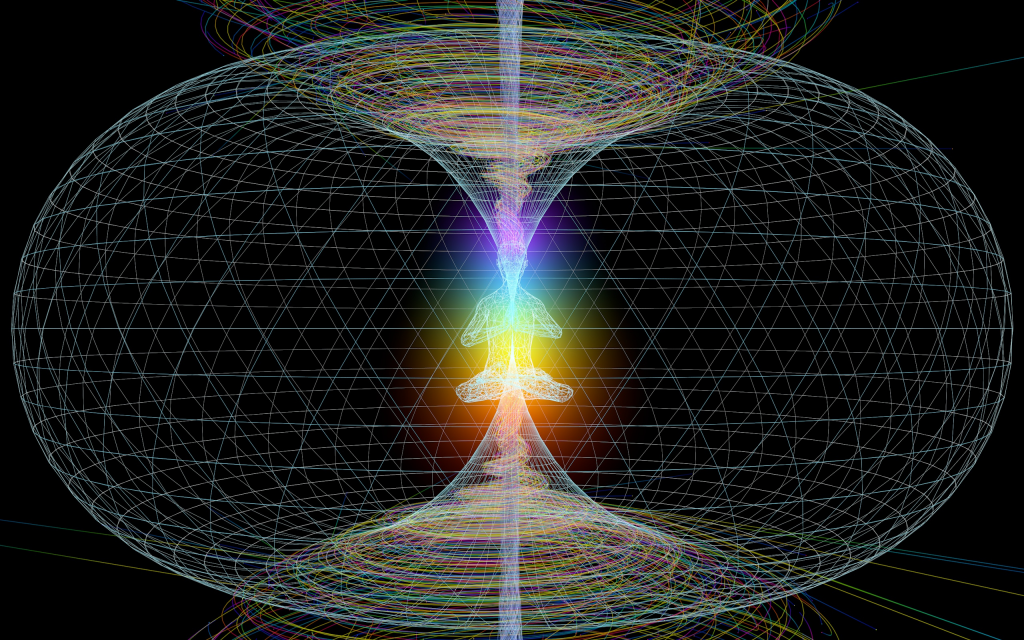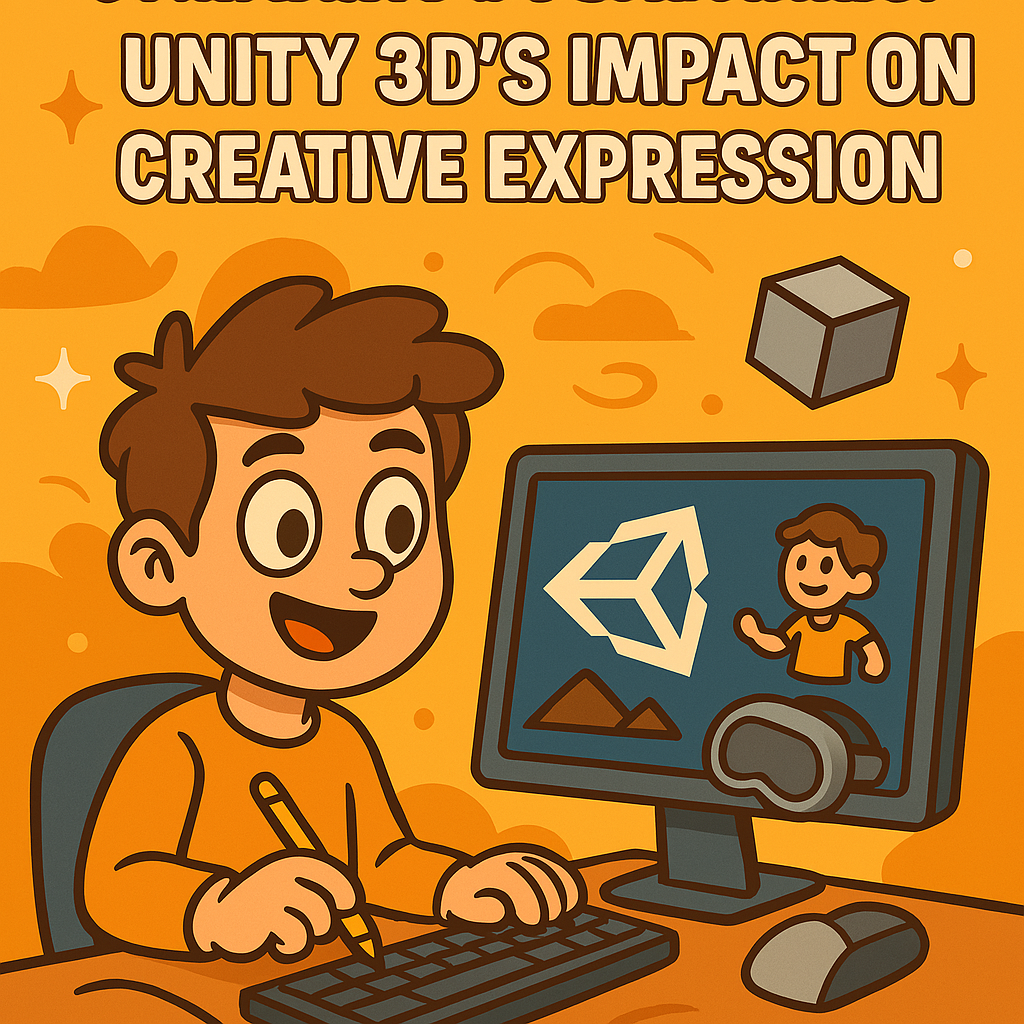Breaking Boundaries: Unity 3D’s Impact on Creative Expression
In the ever-evolving landscape of digital creation, Unity 3D stands as a beacon of innovation and accessibility. This powerful game engine has not only transformed the way games are developed but has also opened new avenues for creative expression across various industries. From game development to extended reality (XR) applications, Unity 3D is breaking boundaries and empowering creators to bring their visions to life.

A Platform for All Creators
Unity 3D’s mission to democratize game development has made it a go-to platform for both seasoned developers and newcomers. Its user-friendly interface and extensive documentation make it accessible to anyone with a passion for creation. Whether you’re an indie developer working on your first game or a seasoned professional crafting complex XR experiences, Unity provides the tools and resources needed to succeed.
Empowering Game Development
At its core, Unity 3D is a game engine, and its impact on game development is profound. The Unity Asset Store is a treasure trove of resources, offering everything from 3D models and textures to complete game templates. This ecosystem allows developers to focus on creativity rather than reinventing the wheel, accelerating the development process and fostering innovation. Unity’s versatility is another key factor in its success. It supports a wide range of platforms, including PC, consoles, mobile devices, and even web browsers. This cross-platform capability ensures that games developed in Unity can reach a broad audience, maximizing their impact and potential.
Revolutionizing Extended Reality
Unity 3D’s influence extends beyond traditional game development into the realms of virtual reality (VR),
augmented reality (AR), and mixed reality (MR). These technologies, collectively known as extended reality (XR), are transforming how we interact with digital content. Unity’s robust XR toolkit enables developers to create immersive experiences that blur the lines between the physical and digital worlds.
From VR training simulations to AR educational apps, Unity is at the forefront of XR innovation. Its support for devices like the Oculus Rift, HoloLens, and Meta Quest allows developers to push the boundaries of what’s possible, creating experiences that are not only engaging but also transformative.
Fostering Creative Collaboration One of Unity 3D’s most significant contributions to creative expression is its ability to foster collaboration. The platform’s collaborative tools, such as Unity Collaborate and Plastic SCM, enable teams to work together seamlessly, regardless of their physical location. This has become increasingly important in today’s globalized world, where remote work is becoming the norm.
By facilitating collaboration, Unity helps bring diverse perspectives and skills together, resulting in richer and more innovative projects. Whether it’s a team of artists, programmers, and designers working on a game or a group of educators developing an interactive learning tool, Unity’s collaborative features ensure that everyone can contribute effectively.
Pushing the Boundaries of Art and Technology
Unity 3D is not just a tool for developers; it’s also a canvas for artists. The engine’s advanced rendering
capabilities, including support for the Universal Render Pipeline (URP) and High-Definition Render Pipeline (HDRP), allow artists to create stunning visuals that rival those of traditional media. From realistic character models to breathtaking environments, Unity empowers artists to push the boundaries of digital art. Moreover, Unity’s integration with tools like Autodesk 3D Max and Blender streamlines the asset creation process, making it easier for artists to bring their creations into the engine. This synergy between art and technology is at the heart of Unity’s impact on creative expression.
In Conclusion
Unity 3D is more than just a game engine; it’s a platform that empowers creators to break boundaries and explore new frontiers of creative expression. Its accessibility, versatility, and collaborative features make it an invaluable tool for developers and artists alike. As technology continues to evolve, Unity will undoubtedly remain at the forefront, driving innovation and inspiring the next generation of creators.
